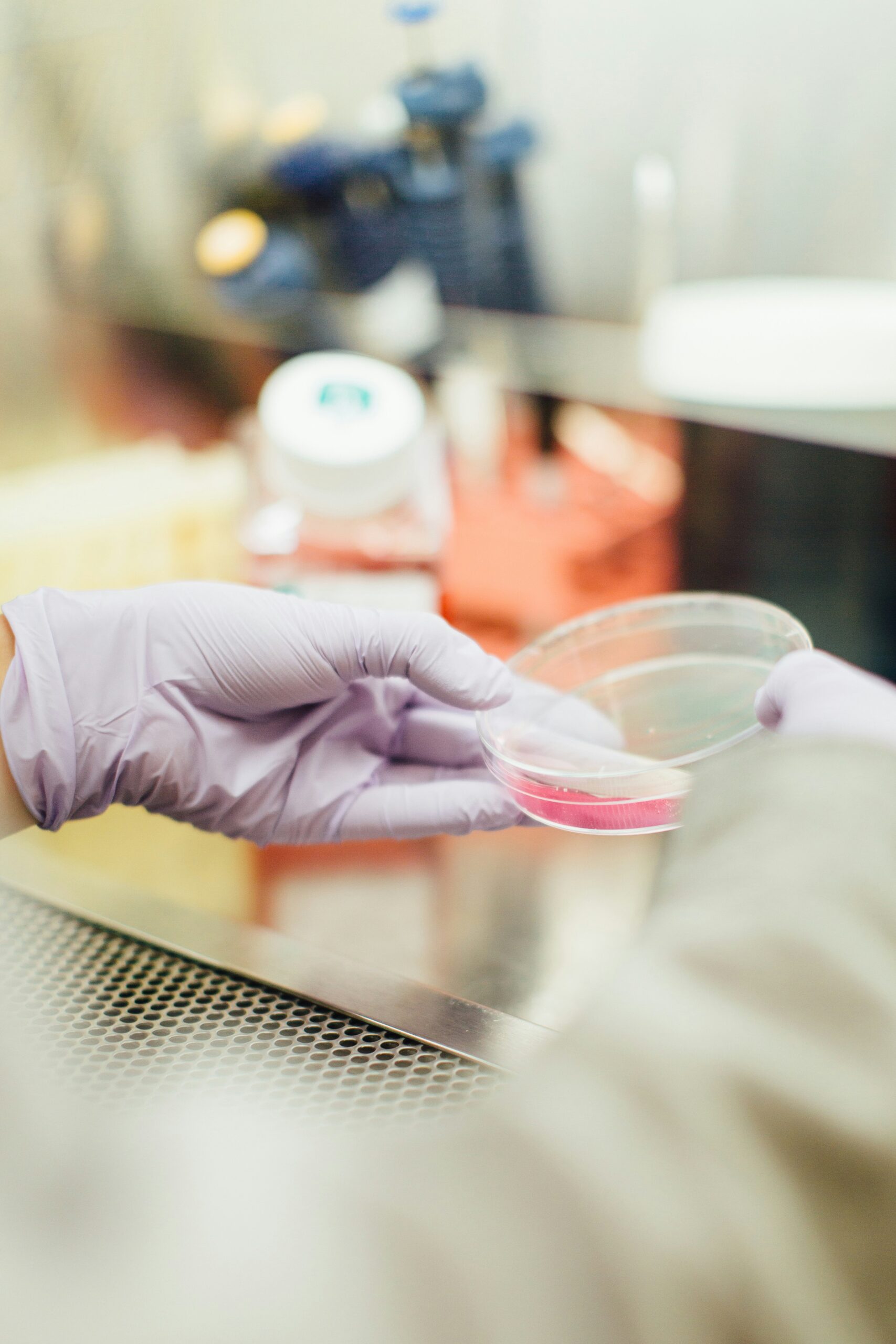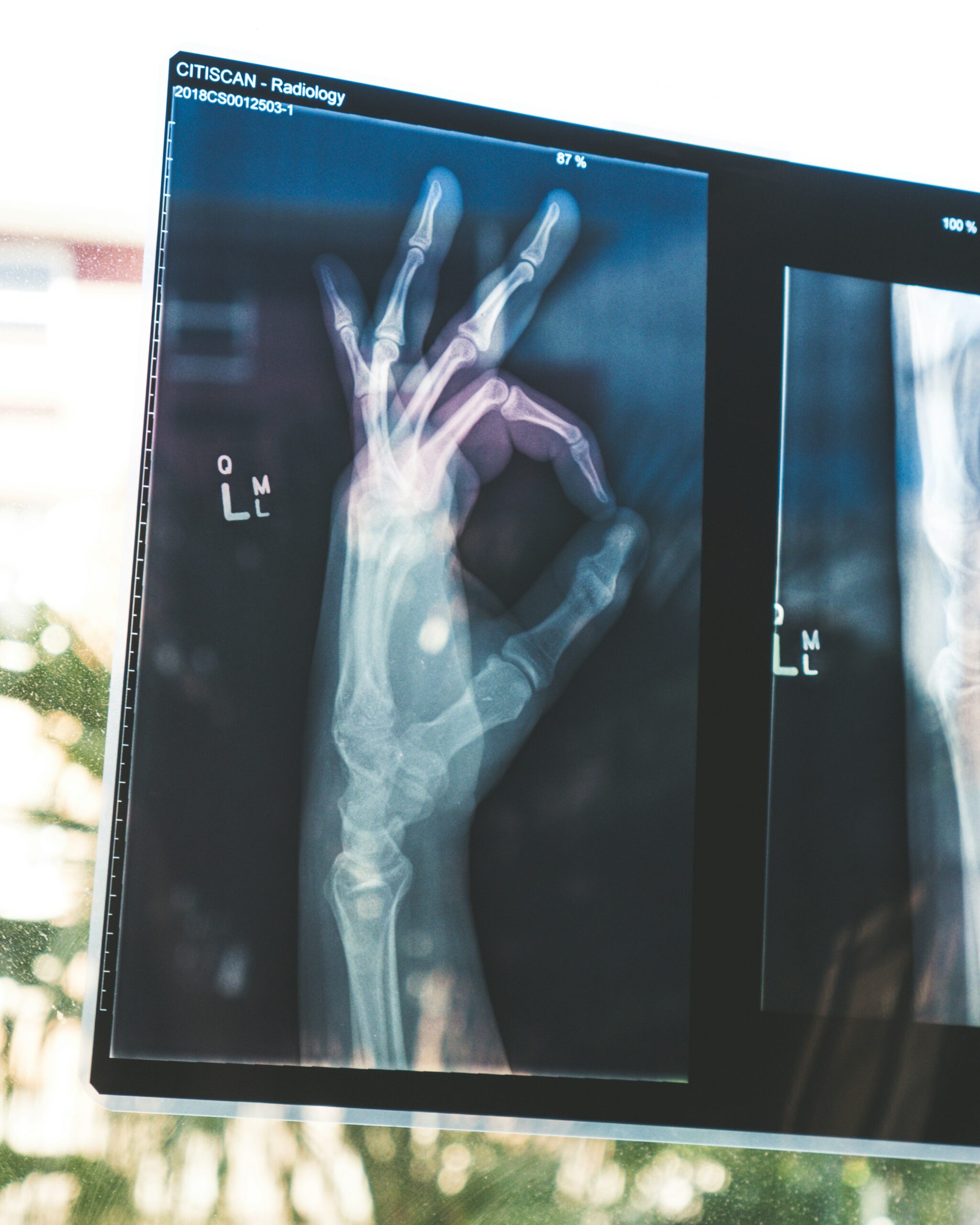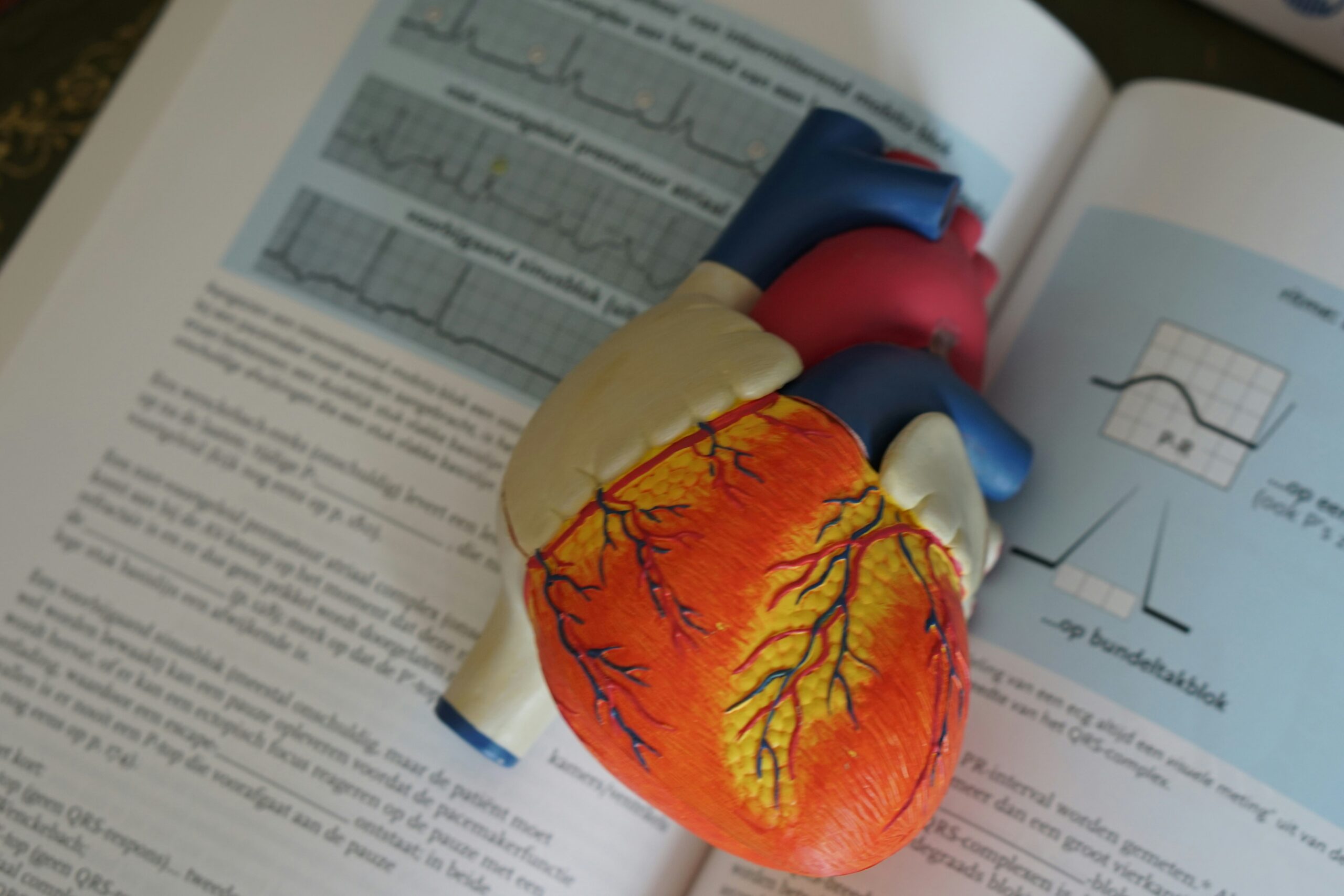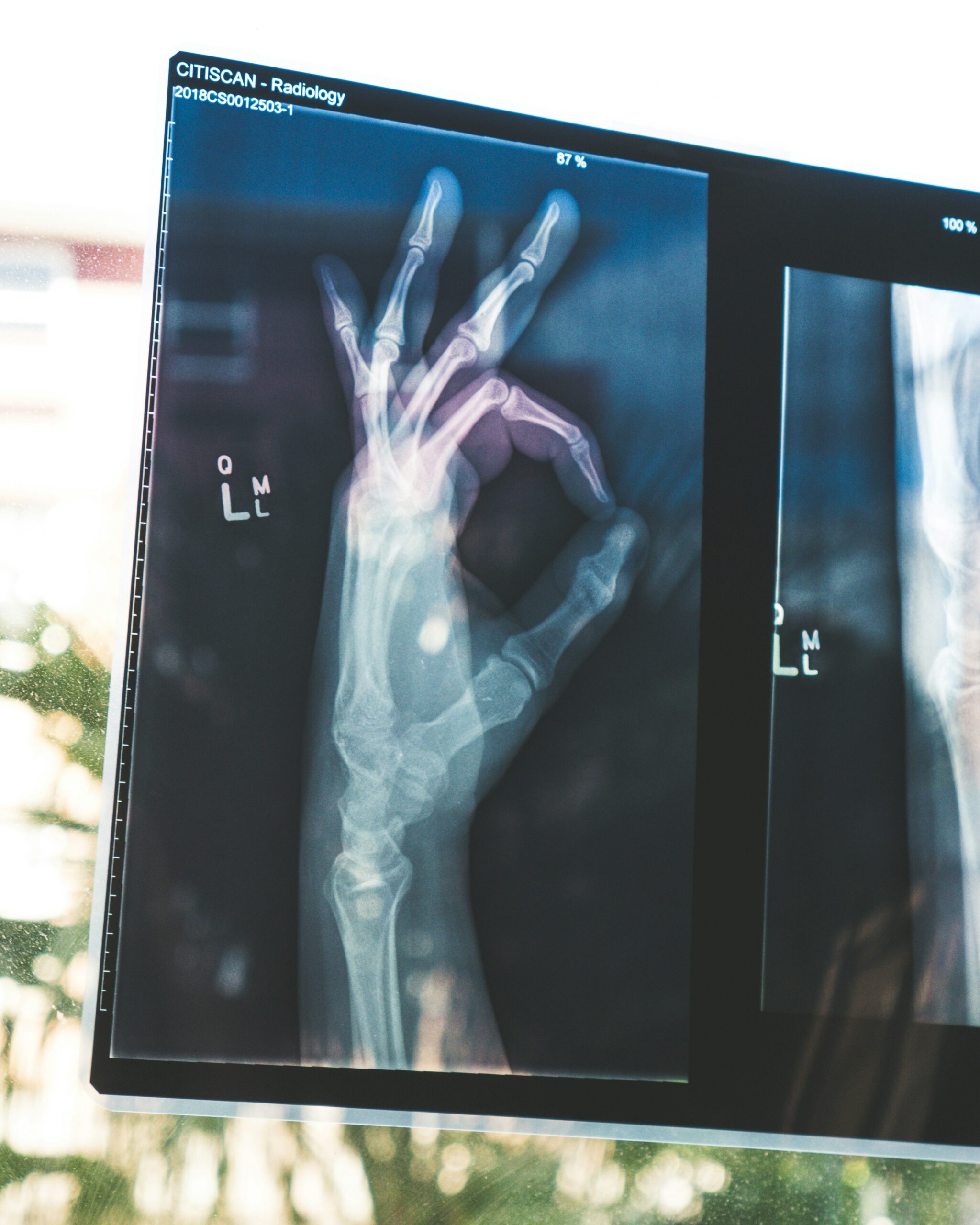Prostate problems can be a cause of concern for many men, but the question remains: is surgery really necessary? In this article, we explore the various treatment options available for prostate issues and delve into whether surgery is the best course of action. From medications to lifestyle changes, we will navigate through the alternatives and help you make an informed decision about your prostate health. So, let's take a closer look and find out if surgery is truly necessary for prostate problems.
Understanding Prostate Problems
Overview of Prostate Gland Function
The prostate gland is a small, walnut-sized organ located below the bladder and surrounding the urethra. It plays a crucial role in the male reproductive system by producing and secreting seminal fluid, which nourishes and protects sperm during ejaculation. The prostate gland is influenced by hormones, primarily testosterone, and it continues to grow throughout a man's life. However, this continual growth can sometimes lead to various prostate problems.
Common Prostate Problems
Prostate problems are relatively common in men, especially as they age. The most common issues include:
- Benign Prostatic Hyperplasia (BPH): BPH refers to a non-cancerous enlargement of the prostate gland that can cause urinary symptoms like frequent urination, weak urine flow, and difficulty starting or stopping urine flow.
- Prostatitis: Prostatitis is the inflammation of the prostate gland and can be caused by bacterial infections. Symptoms may include pain or discomfort in the pelvic region, frequent urination, and pain during ejaculation.
- Prostate Cancer: Prostate cancer is a malignant growth in the prostate gland and is one of the leading cancers affecting men. Early-stage prostate cancer may not cause noticeable symptoms, but advanced cancer can lead to urinary problems, blood in the urine or semen, and pain in the lower back, pelvis, or hips.
Prostate Disorder Symptoms
Symptoms of prostate disorders can vary depending on the specific condition:
- BPH symptoms may include frequent urination, weak urine flow, difficulty starting or stopping urine flow, frequent nighttime urination, and a feeling of incomplete bladder emptying.
- Prostatitis symptoms may include pain or discomfort in the lower abdomen or pelvic region, frequent urination, pain or burning during urination, pain during ejaculation, and flu-like symptoms such as fever and chills.
- Prostate cancer symptoms, especially in advanced stages, may include urinary problems, blood in the urine or semen, erectile dysfunction, pain during ejaculation, discomfort in the pelvic region, and bone pain.
Medical Diagnoses for Prostate Problems
Initial Medical Evaluation and Testing
When prostate problems are suspected, the initial medical evaluation typically involves a thorough review of the patient's medical history and a comprehensive physical examination. During the physical examination, the healthcare provider will perform a digital rectal exam (DRE) to assess the size, shape, and texture of the prostate gland. Additional tests may include a urine test to check for infection or abnormal cells and a blood test to measure prostate-specific antigen (PSA) levels, which can help detect prostate cancer.
Specific Diagnostic Tests for Prostate Disorders
If the initial evaluation raises concerns about prostate problems, further diagnostic tests may be recommended. These tests can include:
- Transrectal Ultrasound (TRUS): This procedure uses sound waves to create images of the prostate gland, allowing healthcare providers to assess its size, shape, and potential abnormalities.
- Prostate Biopsy: A biopsy involves the removal of small tissue samples from the prostate gland for laboratory analysis. It is considered the most definitive method for diagnosing prostate cancer.
- Magnetic Resonance Imaging (MRI): MRI scans use powerful magnets and radio waves to create detailed images of the prostate gland, aiding in the detection and staging of prostate cancer.
Differentiating Between Prostate Conditions
The diagnostic tests mentioned above play a crucial role in differentiating between various prostate conditions. For example, a prostate biopsy can help confirm or rule out the presence of prostate cancer. Additionally, the results of the physical examination, DRE, laboratory tests, and imaging studies collectively contribute to an accurate diagnosis and subsequent treatment plan.

Non-Surgical Treatments for Prostate Problems
Medications for Prostate Disorders
Non-surgical treatment options for prostate problems may include various medications:
- Alpha-Blockers: These medications relax the muscles in the prostate and bladder neck, improving urinary flow and reducing urinary symptoms associated with BPH.
- 5-alpha Reductase Inhibitors: These medications work by shrinking the prostate gland and reducing its size, which can improve urinary symptoms associated with BPH.
- Antibiotics: In cases of bacterial prostatitis, antibiotics may be prescribed to treat the underlying infection and reduce inflammation in the prostate gland.
Lifestyle Changes and Home Remedies
In addition to medication, lifestyle modifications can also help manage prostate problems. Some beneficial changes include:
- Diet: A diet rich in fruits, vegetables, whole grains, and lean proteins may help reduce the risk of prostate problems. Conversely, reducing the intake of red meat, processed foods, and saturated fats has been associated with a lower risk of developing prostate issues.
- Regular Exercise: Engaging in regular physical activity, such as brisk walking or swimming, can help maintain a healthy weight and improve overall prostate health.
- Bladder Training Techniques: Techniques such as double voiding (urinating twice within a short period) and scheduled voiding (going to the bathroom at set intervals) can help manage urinary symptoms associated with prostate problems.
Physical Therapy Treatments
Physical therapy, particularly pelvic floor muscle exercises, can be beneficial for certain prostate disorders. These exercises aim to strengthen the muscles that support the bladder and control urine flow. A physical therapist can guide patients in performing these exercises correctly, enhancing bladder control and reducing symptoms.
Pros and Cons of Non-Surgical Treatment Options
Effectiveness of Non-Surgical Treatments
Non-surgical treatments can be highly effective in managing prostate problems. Alpha-blockers and 5-alpha reductase inhibitors have shown significant improvement in urinary symptoms associated with BPH. Antibiotics can effectively treat bacterial prostatitis when the infection is present. Additionally, lifestyle changes and home remedies, such as dietary modifications and regular exercise, can have a positive impact on overall prostate health.
Potential Side Effects
While non-surgical treatments generally have a favorable safety profile, they can still have potential side effects. Alpha-blockers can cause dizziness, low blood pressure, and ejaculatory dysfunction. 5-alpha reductase inhibitors may lead to sexual side effects like decreased libido and erectile dysfunction. Antibiotics can cause gastrointestinal upset and allergic reactions in some individuals. It is essential to discuss the potential side effects with a healthcare provider before initiating any medication or treatment.
Long-Term Prognosis with Non-Surgical Management
For many individuals with prostate problems, non-surgical management can result in long-term symptom relief and improved quality of life. However, the long-term prognosis may vary depending on the specific condition. While BPH and prostatitis can typically be managed effectively with non-surgical treatments, the prognosis for prostate cancer may depend on its stage at diagnosis and the individual's response to treatment.

Understanding Prostate Surgery
Different Types of Prostate Surgery
Prostate surgery encompasses various procedures aimed at treating prostate problems. The most common types of prostate surgery include:
- Transurethral Resection of the Prostate (TURP): This procedure is performed for BPH and involves the removal of excess prostate tissue through the urethra, using a resectoscope inserted through the penis.
- Radical Prostatectomy: Radical prostatectomy is the surgical removal of the entire prostate gland and surrounding tissues, typically performed for prostate cancer.
Role of Prostate Surgery in Management of Prostate Problems
Prostate surgery plays a crucial role in managing certain prostate problems. TURP is an effective treatment for BPH when non-surgical options fail to provide adequate symptom relief. Radical prostatectomy is the primary treatment for localized prostate cancer, particularly when cancer is aggressive, and there is a low risk of complications.
Risks and Complications Associated with Prostate Surgery
Prostate surgery, like any surgical procedure, carries certain risks and potential complications. Common risks include bleeding, infection, blood clots, and reactions to anesthesia. Specific complications associated with prostate surgery may include urinary incontinence, erectile dysfunction, damage to surrounding structures, and stricture formation (narrowing of the urethra). It is crucial to discuss these risks with a surgeon and weigh them against the potential benefits before deciding on surgery.
When is Surgery Necessary?
Assessment of Patients' Symptoms
The decision to undergo prostate surgery depends on various factors, with a primary consideration being the severity of symptoms. If the symptoms significantly impact the quality of life, they persist despite non-surgical treatments, or there is an increased risk of complications, surgery may be necessary.
Failure of Non-Surgical Treatments
When non-surgical treatments fail to provide sufficient symptom relief or disease management, surgery may be the next step. This can apply to conditions like BPH, where medications or lifestyle changes have not adequately improved urinary symptoms.
Risk-Benefit Analysis of Surgical Intervention
Before recommending surgery, healthcare providers conduct a risk-benefit analysis with the patient. This assessment weighs the potential benefits of surgery, such as symptom improvement or cancer eradication, against the associated risks and potential complications. By considering individual factors like age, overall health status, and personal preferences, a collaborative decision can be reached.

Success Rates of Prostate Surgery
Outcomes of Prostate Surgery for Different Prostate Disorders
The outcomes of prostate surgery can vary depending on the specific condition and surgical procedure. In general, prostate surgery has shown favorable success rates:
- TURP offers significant and durable relief of urinary symptoms in the majority of BPH patients, improving quality of life and urine flow.
- Radical prostatectomy for localized prostate cancer can result in cancer eradication and long-term survival, particularly when cancer is detected and treated early.
Post-Surgical Quality of Life
Following successful prostate surgery, many patients experience improved quality of life. Relief from urinary symptoms, such as increased urine flow and decreased frequency of urination, can significantly enhance daily functioning and overall well-being. However, it is important to note that some potential complications, such as urinary incontinence or erectile dysfunction, may temporarily affect a patient's quality of life.
Long-Term Survival Rates
For patients undergoing prostate surgery for prostate cancer, long-term survival rates can be encouraging. Early detection and treatment can result in high survival rates, and advancements in surgical techniques and adjunct therapies have further improved outcomes. However, survival rates can vary depending on the stage and aggressiveness of the cancer and individual factors.
Post-Surgical Care and Recovery
Recovery Process Following Prostate Surgery
After prostate surgery, patients go through a recovery process that requires some time and patience. The exact recovery period can vary depending on the surgical procedure performed. Generally, patients can expect:
- Hospital Stay: Patients may need to stay in the hospital for a few days following surgery, allowing healthcare professionals to monitor their recovery and manage any potential complications.
- Catheter Use: A catheter is often inserted into the bladder after prostate surgery to drain urine. The duration of catheter use depends on the type of surgery and individual healing progress, but it is typically removed within a week or two.
- Recovery at Home: Once discharged, patients are advised to rest, avoid heavy lifting or strenuous activities, and follow any specific care instructions provided by their healthcare team. It is normal to experience discomfort, fatigue, and urinary issues during the initial recovery period.
Potential Post-Surgical Complications
While complications after prostate surgery are relatively uncommon, certain risks exist. These can include urinary incontinence, erectile dysfunction, infection, bleeding, blood clots, and narrowing of the urethra (stricture). It is crucial for patients to follow their healthcare provider's instructions, report any concerning symptoms promptly, and attend follow-up appointments to monitor their recovery and address any complications that may arise.
Follow-Up Care and Monitoring
Following prostate surgery, regular follow-up care and monitoring are essential. These appointments allow healthcare providers to assess the patient's recovery progress, address any concerns or complications, and provide guidance on long-term management. Depending on the type of surgery and individual circumstances, follow-up visits may be scheduled at various intervals, often initially more frequent and then gradually spaced further apart.
Patient Experience: Life After Prostate Surgery
Impact on Daily Activities
Life after prostate surgery may involve adjustments, particularly during the initial recovery period. Patients may experience temporary changes in urinary function, such as urinary frequency or urgency. However, as the healing process progresses, many individuals can resume normal daily activities, including work, exercise, and social engagements.
Sexual Function Post-Prostate Surgery
One aspect that can significantly impact the patient experience is sexual function post-prostate surgery. While the surgical removal of the prostate gland carries an inherent risk of erectile dysfunction, advancements in surgical techniques and the availability of treatments like nerve-sparing surgery and medications have improved outcomes. It is essential for patients to discuss their concerns and available options with their healthcare provider to explore strategies to maintain or regain sexual function.
Psychological Aspect of Life After Surgery
The psychological aspect of life after prostate surgery should not be overlooked. Patients may experience emotional challenges, such as anxiety or depression, as they navigate the recovery process, potential changes in urinary or sexual function, and concerns about the future. It is crucial for patients to communicate openly with their healthcare providers and consider seeking support from loved ones or mental health professionals to manage these psychological aspects effectively.
Preventing Prostate Problems
Role of Diet and Exercise
Maintaining a healthy lifestyle, including a balanced diet and regular exercise, plays a significant role in prostate health. A diet rich in fruits, vegetables, whole grains, lean proteins, and healthy fats can provide essential nutrients and antioxidants that support prostate function. Regular exercise, such as brisk walking, cycling, or strength training, can help maintain a healthy weight and reduce the risk of prostate problems.
Regular Medical Check-ups
Regular medical check-ups and screenings are vital for the prevention and early detection of prostate problems, particularly prostate cancer. Healthcare providers can monitor prostate-specific antigen (PSA) levels, perform digital rectal exams, and discuss any symptoms or concerns with patients. These routine evaluations can help identify potential issues early when treatment options are most effective.
Addressing Age-Related Risk Factors
Age is a significant risk factor for prostate problems, particularly prostate cancer. While age-related changes in the prostate gland are inevitable, certain preventive measures can be taken. This includes maintaining a healthy lifestyle, avoiding tobacco use, managing chronic conditions like diabetes or obesity, and discussing risk factors and screening options with healthcare providers.
In conclusion, understanding prostate problems is crucial for both prevention and management. From an overview of prostate gland function to exploring various diagnostic tests and treatment options, individuals can make informed decisions about their prostate health. Non-surgical treatments, medications, lifestyle modifications, and physical therapy can provide relief for many prostate conditions. However, in cases where conservative approaches fail or the risks outweigh the benefits, surgery may be necessary. Prostate surgery, while carrying certain risks, can offer successful outcomes and long-term survival for individuals with prostate problems. Post-surgical care, recovery, and the psychological aspect of life after surgery should be addressed to ensure optimal patient experience. Ultimately, preventive measures, regular check-ups, and healthy lifestyle choices can contribute significantly to maintaining prostate health and reducing the risk of prostate problems.

